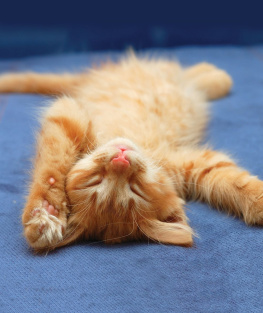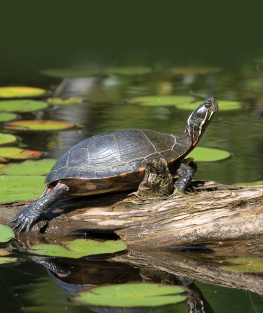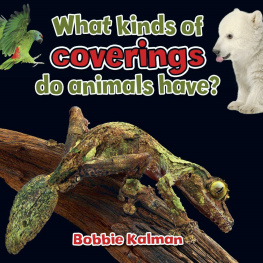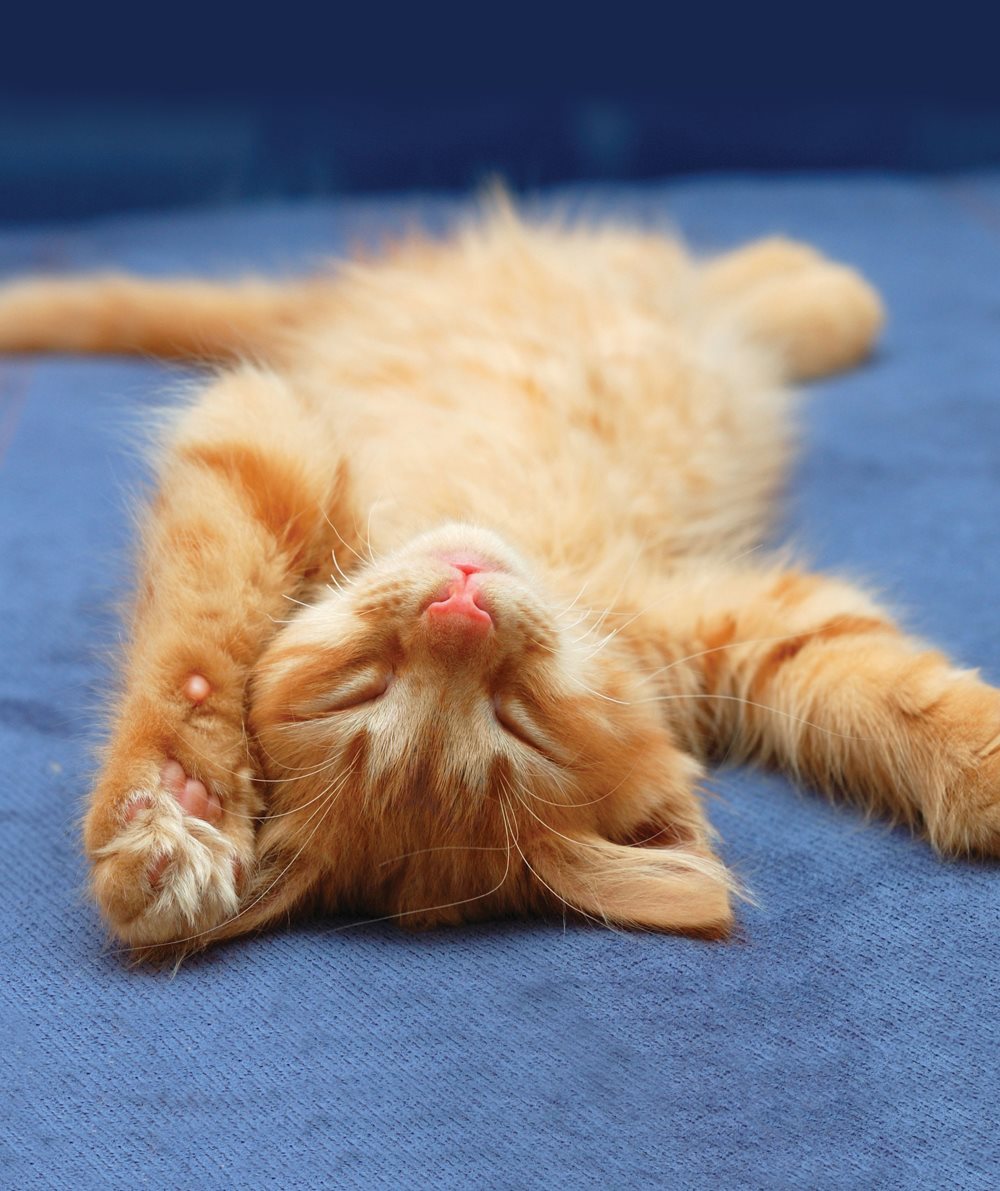Fur
by Jennifer Boothroyd
Cats, dogs, and people are
animals called mammals.
Mammals have fur or hair
on top of their skin.
Lions have a lot of fur.
Elephants have a little fur.
Some fur is soft.
Some hair is long.
Many animals have hair in
their ears and near their eyes.
This hair keeps out dirt
and bugs.
Fur keeps an animals
skin dry.
Fur can be different colors.
Animal fur can change.
This bunny grows white fur
in the winter.
Fur helps animals hide. This
is called camouflage.
A fawn looks different from
its mother.
Animals shed their old fur.
Fur helps animals in their
surroundings.
Mammals Are Everywhere
Fur helps mammals live all over the world. Leopard
seals and beavers have thick waterproof fur. It helps them stay warm. Hedgehogs have spiny fur. It protects them from hunting animals. A gorillas hair protects it from insect bites. A giant anteater has a fluffy tail. In cold weather, it uses its tail like a blanket. A panda has a thick coat. The coat keeps it warm in the cold mountains. A wallabys fur makes it hard to see.
Furry Animals around the World
Facts about Fur
Hair and fur are made of keratin. Fish scales and fingernails are made of the same material.
Porcupine quills are stiff,
sharp hairs. They protect
the porcupine from hunting animals.
Whales and dolphins are born with hair. They lose their hair
as they grow.
Green alga is a plant. It can grow in the fur of a sloth.
Tiny muscles make your hairs stand up when you get cold.
Humans shave off hair from sheep and llamas. This hair
is called wool. Wool grows
back.
Seals have short, thick fur. It protects their skin from sharp rocks.
Lynx have long hairs on their feet. This fur helps them move in the snow.
Glossary
camouflage coloring that makes an animal look like its surroundings
fur the hairy coat of some mammals
mammals warm -blooded animals with hair or fur that drink their mothers milk
shed to lose or fall off
skin the outer covering of a person or animal
Index
camouflage
color
mammals
shed
skin
Copyright 2012 by Lerner Publishing Group, Inc.
All rights reserved. International copyright secured. No part of this book may be reproduced,
stored in a retrieval system, or transmitted in any form or by any meanselectronic, mechanical,
photocopying, recording, or otherwisewithout the prior written permission of Lerner Publishing
Group, Inc., except for the inclusion of brief quotations in an acknowledged review.
The images in this book are used with the permission of: Shalom Ormsby/Blend Images/Getty
Images, pp. 2, 22 (third from top); Frans Lemmens/SuperStock, pp. 3, 22 (second from top);
Nstanev/Dreamstime.com, p. 4; Gerry Ellis/Minden Pictures, pp. 5, 22 (bottom); GK Hart/Vicki
Hart/Stone/Getty Images, p. 6; Bandit/Dreamstime.com, p. 7; Clara/Shutterstock Images, p. 8;
Martin Child/Digital Vision/Getty Images, p. 9; Neelsky/Shutterstock Images, p. 10; Anan
Kaewkhammul/Shutterstock Images, p. 11; Rich Reid/National Geographic/Getty Images, p. 12;
Thorsten Milse/Robert Harding World Imagery/Corbis, p. 13; Joel Sartore/National Geographic/
Getty Images, pp. 14, 22 (top); Gsagi13/Dreamstime.com, p. 15; Dynamic Light USA/Alamy,
pp. 16, 22 (fourth from top); Igorj/Dreamstime.com, p. 17; Francocogoli/Dreamstime.com, p. 19
(top/left); Christopher Moncrieff/Dreamstime.com, p. 19 (top/middle), 19 (bottom/right); John
Giustina/Taxi/Getty Images, p. 19 (top/right); Nestor Noci/Shutterstock Images, p. 19 (middle/left);








































